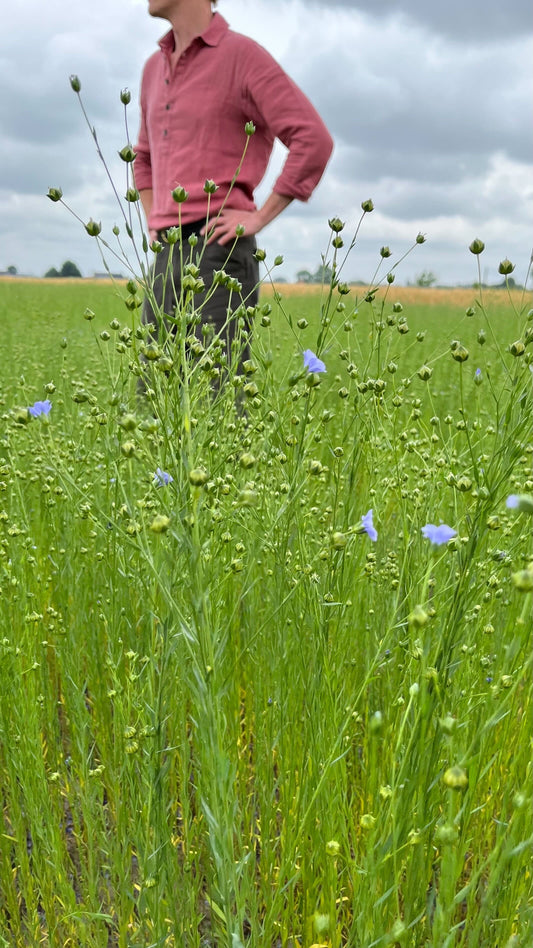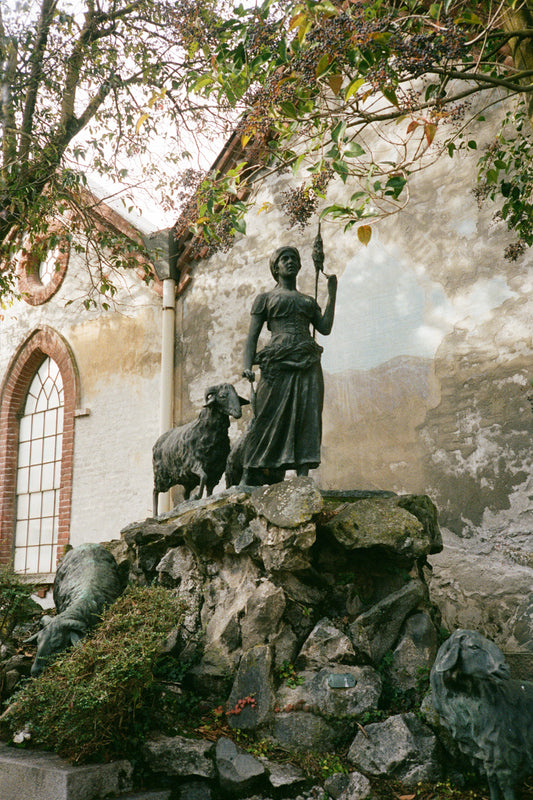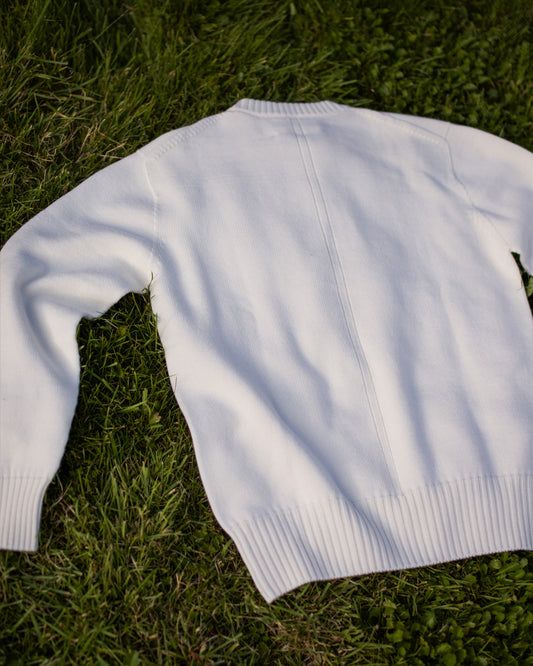Bees. The little critters whose meandering among blooming flowers marks the start of the sunshine months, whose hard graft creates the delicious honey we all know and love. A mellifluous army of humming wings indelibly linked to picnics in the park and walks in the countryside. But what happens if that hum dies out? The plight of British – and global – bees has been on our collective radars for years but, upon investigation, it’s clear the scale of the issue is still not fully understood and the nuances of such a complex species not wholly grasped.
The urban bee crisis
We spoke to bee expert Sarah Wyndham Lewis from Bermondsey Street Bees, about the various environmental challenges bees face and just how crucial these little labourers are beyond the world of honey and picnics. “In any conversation like this, we first need to clarify what we mean by bees. There are around 25,000 species of bees on earth and only 7 of those are honeybees”.
Sarah is quick to highlight that honeybees - although taking the limelight in most bee-related conversations - are actually not at risk of going extinct. For thousands of years, as far back as the Ancient Egyptians, humans have managed the honeybee as a commercial pollinator and source of honey and beeswax. Now they’ve also become a fashionable garden accessory, honeybees’ numbers continue to be sustained through human intervention. Ironically, if anything, humans have tipped the balance too far the other way.
In an urban context, the picture is particularly unpretty. The focus on honeybees - rather than the at-risk wild bees – and the proliferation of inexperienced, untrained beekeeping “has taken London and many other cities, including Paris and Berlin, to the brink of an ecological disaster.” In large part, that’s because the boom in urban honeybee populations has coincided with evershrinking amounts of green space. That unintentionally cruel combination leads to bee starvation and, in turn, prompts weakened immune response and greater susceptibility to pesticides and diseases. Bermondsey Street Bees is helping to redress the damage by moving some of its hives out of environmentally fragile, inner city locations to new rural settings that embrace a combination of native rewilding and low hive density to balance the needs of bees and other wild pollinators.
The misunderstood role of bees
We all know bees help pollinate the UK’s well-manicured gardens, but they play a much more substantial role in our lives that largely goes unacknowledged. Their role as pollinators makes them paramount contributors to the success of the world’s food crops. According to Sarah’s expert estimates, 70 of our top 100 foods are pollinated by honeybees and other wild bee species. To put that into more relatable terms, we’re reliant on bees for most of our vegetables, fruits, nuts and coffee. Which is why it’s so stark when you consider the potentially catastrophic mismatch between bee populations and pollinator demand. As more land gets dedicated to food growth, more demand is created for pollinators. But more land for crops means fewer potential habitats and feeding grounds for bees. It’s a self-perpetuating issue that could have devastating effects, as we put increasing amounts of pressure on dwindling bee populations. Sarah stresses that monoculture farming practices add even more complexity to the problem. Monoculture farming - where farmers grow one crop repeatedly in a single space - is extremely damaging to local ecosystems. In a bid to maximise short term yields from any one piece of land, the natural environment is put under immense pressure. Crops are pumped with excessive amounts of irrigation and drowned in pesticides. Sarah comments that “just like humans, most bees depend on variety in their diet” and the clearing of land to create space for single crops poses a great issue.
Instead of rotating different crops to naturally restore the nutrients and vitamins in the soil, farmers push on with the same crop on the same land. Just adding more agrichemicals with each harvest. Sarah explains these chemicals are now such an intrinsic part of the farming process, they’re actually “in the seeds, in the flowers, lingering in the soil, polluting water sources”. It’s not hard to imagine how badly this impacts the bees which rely on these ecosystems.
Cotton is one of the world’s most environmentally damaging monoculture crops. By contrast, flax – the plant from which linen is made - is a rotation crop that requires little to no irrigation, fertilisers, herbicides or pesticides. It therefore has fewer damaging effects on the surrounding environment and its inhabitants. It’s not perfect though. Sarah adds that “the ideal farming landscape for pollinators is a patchwork quilt of smaller fields, bounded by wild hedge and tree lines, with a diversity of soil-sustaining crops grown in rotation.”
What can we do?
Most of us don’t keep bees. Even fewer of us oversee large-scale food crops. So, what can we do with the sort of resources we have at home? Sarah is emphatic in setting the context of her tips: “Scientists, ecologists and conservationists all agree that planting is the single most powerful thing that anyone can do to help support bee populations and promote biodiversity”.
She recommends planting mainly woody and herbaceous perennials - trees, bushes and a wealth of perennial flowers. And if you don’t have a garden, she points to the power of planting a windowsill box: “herbs are a brilliant resource for pollinators but be careful not to mix them up too much, instead just plant big clumps of single varieties such as mint, rosemary or lavender.” Another of Sarah’s tips might appeal to the more sedentary gardeners among us: “mow lawns far less frequently to allow dandelions, daisies, wild geraniums, and other small wild species to flourish and feed pollinators.”
As ever when it comes to nature, the issues surrounding bees comprise a complex labyrinth of interconnected elements. It’s unreasonable to expect everyone to understand the full extent of those elements, but greater education around the issue and promoting expert voices like Sarah’s can only help. We can all play our part in painting a rosier picture for the future of bees. CM&MT
For more information, go to bermondseystreetbees.co.uk





